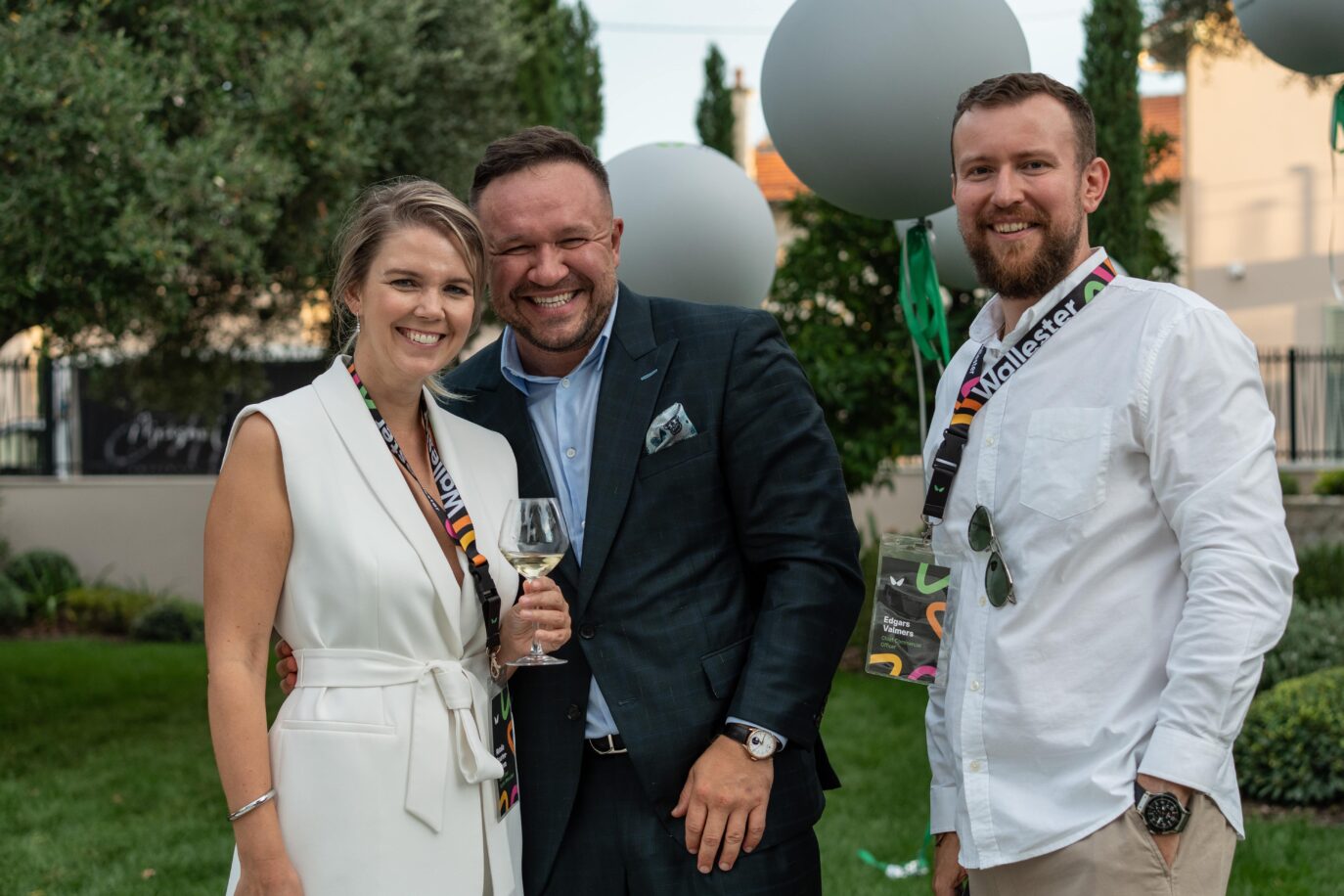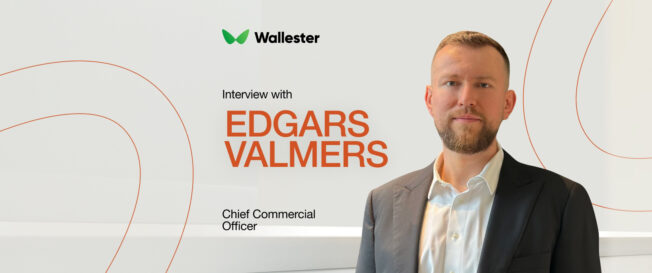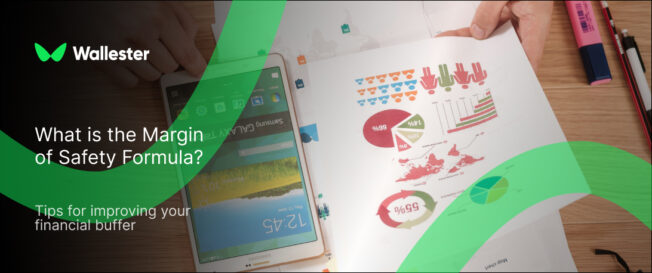Edgars Valmers joined Wallester this summer as Chief Commercial Officer, overseeing the company’s commercial strategy, international expansion, and client partnerships across all product lines.
Apart from an early start as an e-commerce manager at W2P, he spent nearly his entire career at Magnetiq Bank in Riga, a company positioning itself as a different kind of financial partner. It combines licensed infrastructure with genuine collaboration to help fintechs grow. He joined Magnetiq in 2012 as an account manager and, over the next twelve years, moved through several leadership roles before joining the management board.
Now, his experience and perspective will play a key role in shaping Wallester’s next phase of growth. We sat down with Edgars for a quick chat about his career, the lessons that shaped him, and what lies ahead.
Interviewer: For more than a decade, you’ve been building acquiring services in the banking sector. That’s a lot of experience. What are the main lessons and principles you’re now bringing to Wallester?
Edgars: Building an acquiring business is a long process, and the first year is always the hardest. It’s when you lay the groundwork, establish partnerships, and deal with compliance. After that, it’s more about improving, adding products, and adjusting to client needs.
What I’ve learned is that it’s important to stay calm, avoid impulsive decisions, and communicate clearly. Most crises don’t come from bad intentions but from missing information or a lack of clarity. When both sides talk openly and listen, solutions tend to appear naturally.
Edgars Valmers
Interviewer: You served as a board member at Magnetiq Bank for a little over a year before joining us. Do you think there are still key shifts that fintechs underestimate?
Edgars: Definitely the volatility. Fintech moves fast, and many underestimate how unpredictable that journey can be. Regulations, risk policies, and partner expectations can vary a lot from one market to another, and the only way to handle that is through radical honesty and transparency. Everyone involved — partners, teams, clients — needs to understand the full picture.
Interviewer: Lack of complexity definitely wasn’t something you experienced when dealing with clients. How would you describe your approach to solving tough business challenges?
Edgars: First of all, never rush. Emotional reactions rarely get you very far. Then, gather all the information you can and make sure you understand every side of the issue before taking any action. And finally, communicate openly and take ownership. Because when you face challenges honestly, trust builds much faster than when you try to explain them away.
Interviewer:Now you’re in charge of Wallester’s commercial direction. What are your mid-term priorities?
Edgars: My goal is to strengthen what already works and scale what has potential. I’d like Wallester to keep expanding internationally and to introduce products that meet real client needs.
Of course, priorities depend on how leadership defines success. That can mean revenue, client growth, brand visibility, and so on. My focus is to turn that vision into clear and measurable results.

Interviewer: Where do you see the biggest commercial growth opportunities for Wallester right now?
Edgars: The thing is, growth comes from building trust. Yes, speed is important too, but sustainable growth depends on credibility, data integrity, and strong relationships with clients. So that’s where we should look for growth primarily.
Interviewer: Alright, let’s get a bit nerdy. What’s one commercial or client-related metric that should always stay on the radar?
Edgars: Everything starts with data, because every transaction tells a story — when, where, how, and why it happened. These insights are extremely valuable.
For instance, after lockdown, we analysed payment patterns and saw a huge rise in online movies and book purchases, as well as e-commerce spending in general. Those insights helped us react faster and smarter. I’d say companies that really understand their data anticipate trends instead of following them.
Interviewer: Wallester operates internationally. How do you plan to build bridges between teams?
Edgars: I see Wallester as one connected organisation. Business development, sales, and marketing should move together and not in separate directions.
I’ve already visited our offices in Latvia and Estonia, and also travelled to Cannes for the opening of our new office in France. The goal was simple: to strengthen cooperation and make sure everyone is aligned around the same priorities.
Interviewer: You spent many years at Magnetiq Bank, which operated more on the banking side. Your clients were fintechs, but now you’re part of one. How do team dynamics differ?
Edgars: They do differ, but ideally they shouldn’t. The best setup combines both worlds: operating with the speed of a fintech, but thinking with the discipline of a bank. That balance between structure and agility is what keeps a company both innovative and stable.
Interviewer: Sergei Astafjev, our CEO, mentioned he’s wanted to work with you for a long time. What made now the right moment to join Wallester?
Edgars: I’ve known Sergei and the company for years, even back in its early days, and I’ve always admired how Wallester has evolved. So when the opportunity came, it simply felt right. The timing, the mission, and the team all aligned. It was the perfect moment to bring my experience and keep learning.
Interviewer: Let’s wrap it up with something outside of work. What helps you recharge?
Edgars: Cycling, hiking, and camping always help me reset. I recently bought a new bike and now try to spend as much time outdoors as possible.
Also, I believe in simplicity: proper rest, early mornings, and balance, because efficiency isn’t just about working hard — it’s about recovering well, too.


